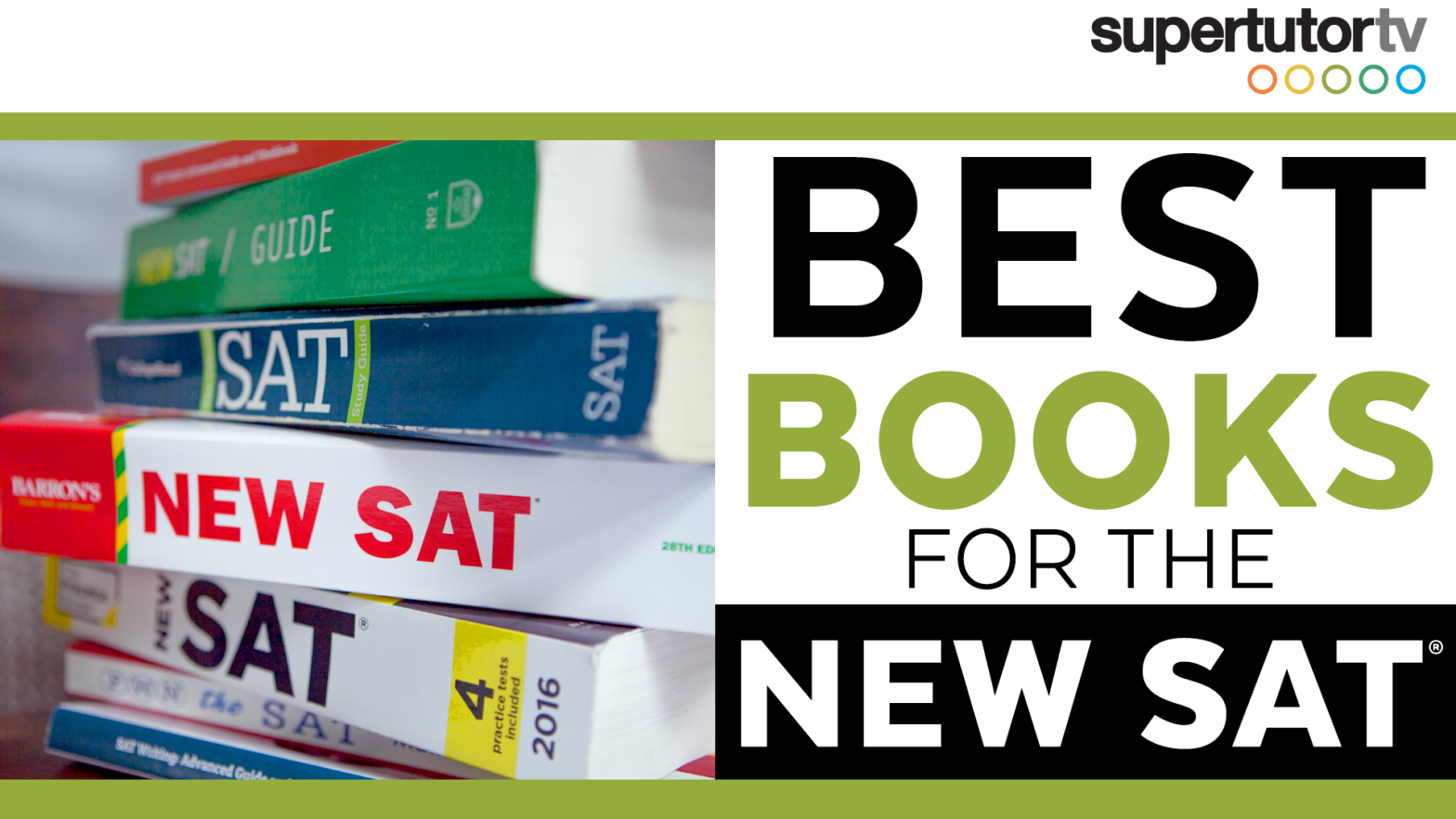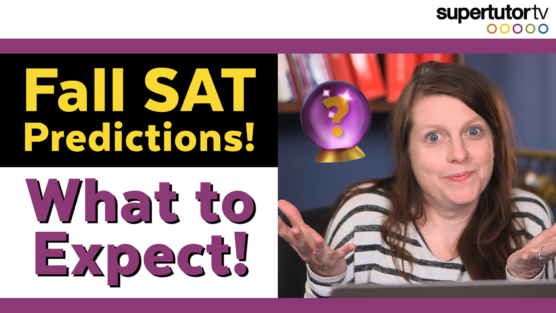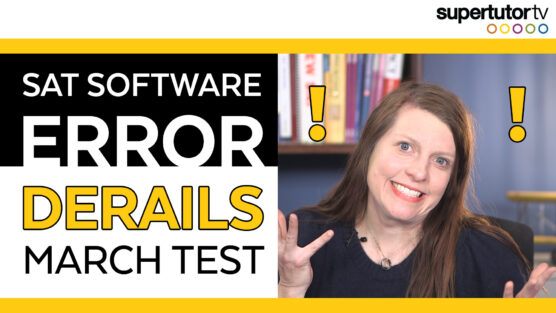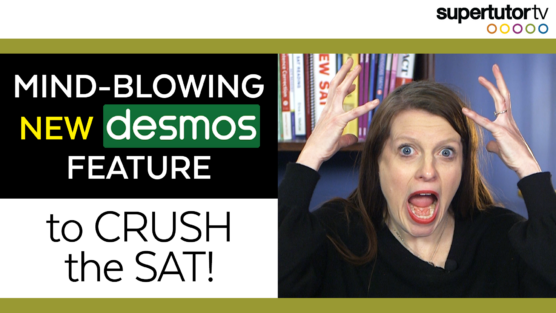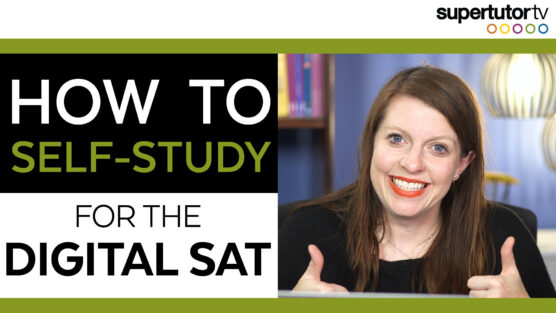As a consistent SAT® perfect scorer and test prep expert, I find that the materials I work with significantly contribute to achieving high scores, as well as relaying those skills to my clients. Working with official materials as often as possible helps me to ensure this excellence and effectiveness. For writing and math, there are several books that I have worked with that I find especially useful in terms of strategy and topically organized practice. I recommend that students purchase the following texts for their tutoring sessions (Please note the following links are affiliate links. We receive a small commission from sales that helps support our site from purchases that originate from these links):
Official SAT® Study Guide (2020 Edition) (Official Study Guide for the New Sat®)
Rating: 4/5
Before I dive into holistically reviewing this book, I want to first address the rumors that these tests are identical to those available for free from the College Board / Khan Academy here: https://collegereadiness.collegeboard.org/sat/practice/full-length-practice-tests. This is true.
However, if you plan on printing the material, purchasing this book is about the same price as printing the tests at home. Some students may argue that they can simply take the test with the computer version and work out the problems on scratch paper. You definitely could, but as a tutor, I don’t recommend it for these reasons: The real SAT® test is administered on paper (for now) and practicing in the same format is likely to be more reliable and accurate than in a different one. Additionally, studies have proven that students perform better when working with paper than on a monitor screen. If you work on paper, you’re more likely to score higher and also track what your performance would be on the real test. You can read more about this here if you’d like: http://www.scientificamerican.com/article/reading-paper-screens/.
As an additional note, if you take the test on Khan Academy, the website’s system forces you to do all the problems in a test set in a row, unlocking content only when you complete other content. Simply put, taking the SAT® physically is easier than taking it virtually. For these reasons, although the tests in this book are readily available online for “free,” I highly recommend that you buy this book– it makes life easier, and you will reap more benefits in the long run.
Now, I can jump into reviewing the Official SAT® Study Guide book. I find that its most useful information is on the essay, as it features sample essays with scoring. In addition to the essay portion, there are also lessons on each section of the test– about 300 pages of content is available beyond tests and explanations. Certainly these are from the test maker, so they won’t contain short cuts, quick tricks, insightful strategies, or exposed weaknesses of the testing design. Again, if you can practice offline, it may actually be a better model of the test itself.
McGraw Hill’s 50 Skills for a Top Score: SAT® Math
Rating: 4/5
I mainly use this book for students who are scoring in the 500-630 range in math, and find it effective. One downfall, however, is that there just aren’t enough practice problems to make it truly comprehensive. Likewise, the book has a few types of problems that are very much missing. It doesn’t really test exponents or function problems comprehensively, and also misses out on a lot of the algebra problems. The “Springboard” section is good, but entirely too short.
The problems aren’t tough enough to help you get an 800– but if you’re starting lower, this could be a useful tool. It’s a good length for crammers, but definitely not sufficient for anyone with over two months to prep. Overall, this book is good for students between a 500-600, but not tough enough for top students.
Overall, these are the top books that I highly recommend to prep for the SAT®. I’ve also attached below links to two additional books that are worthy and effective. Good luck!

